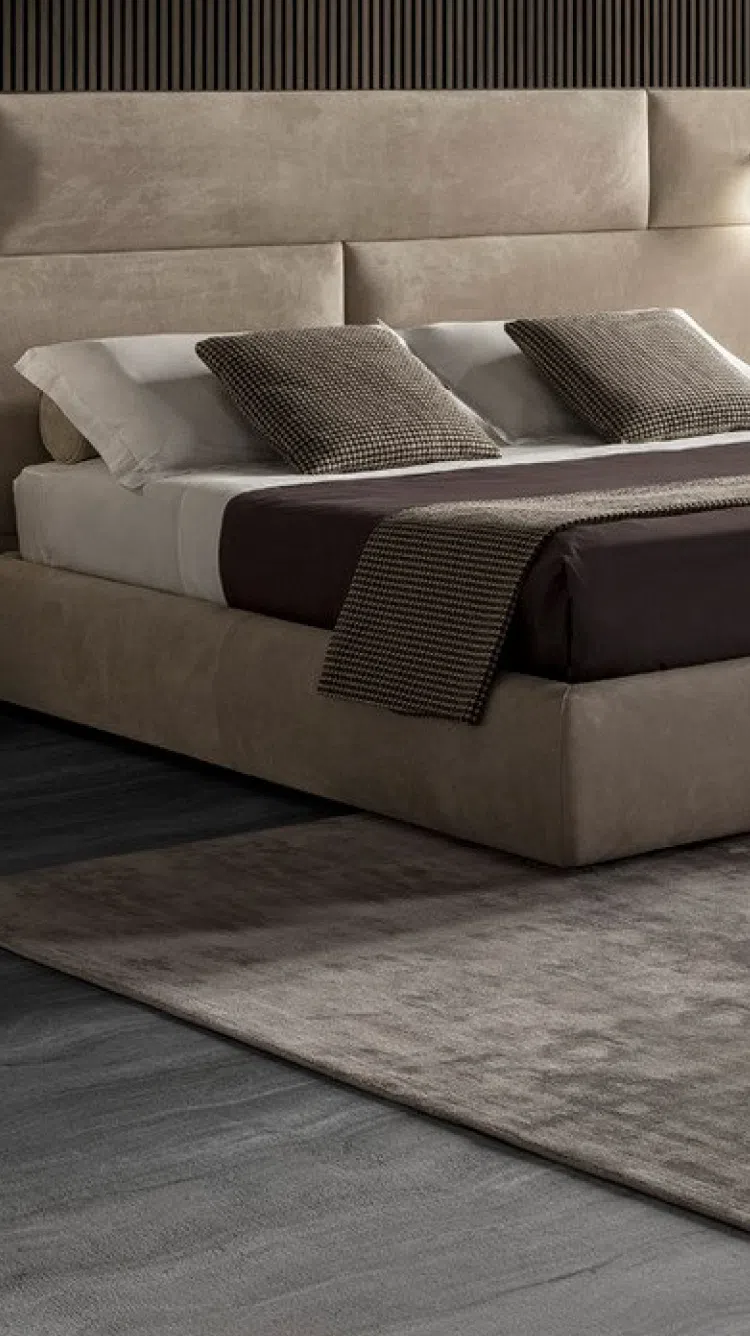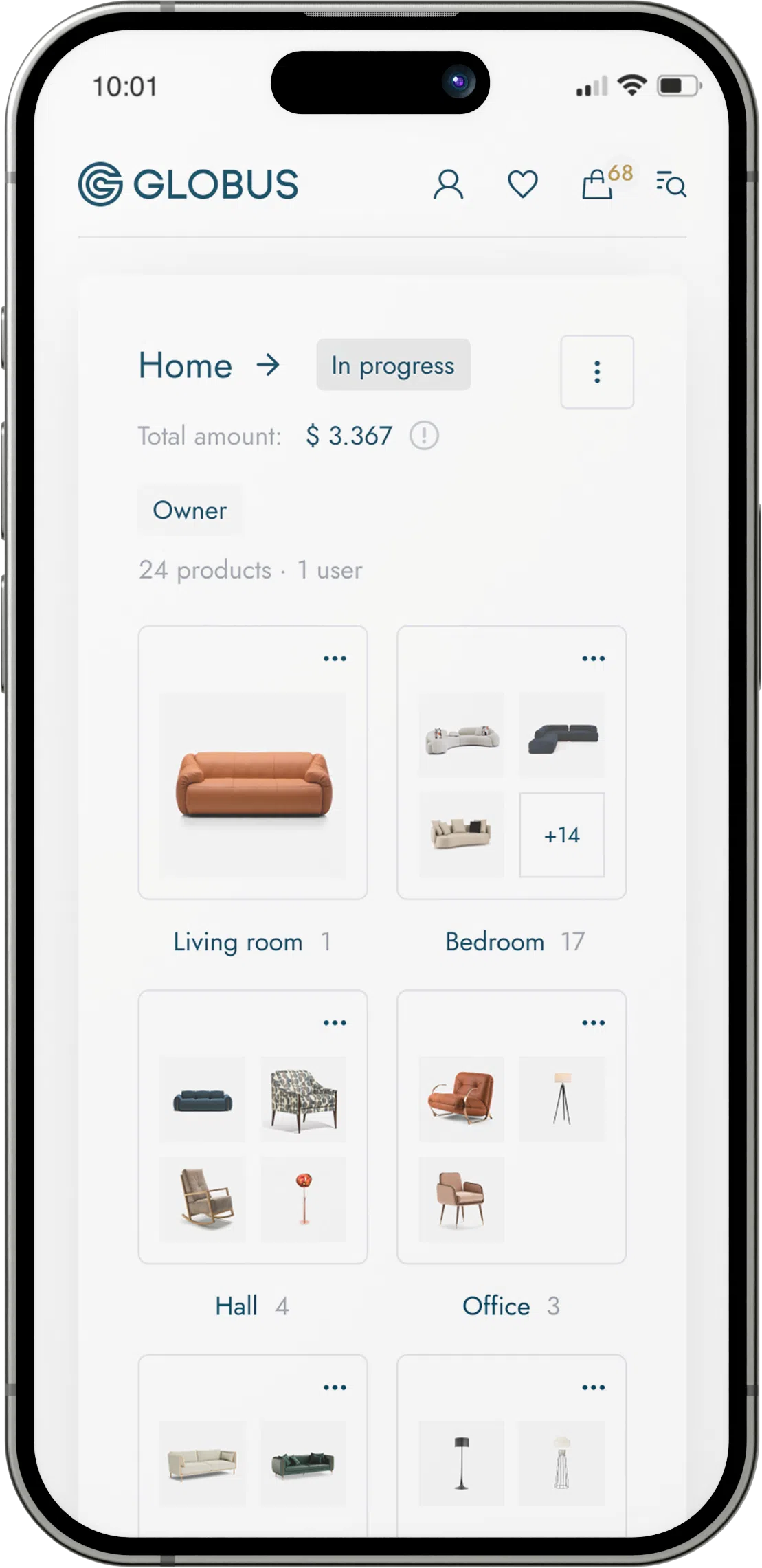
Natural veneer is a thin slice of real wood that is obtained by either slicing, peeling, or sawing a solid block of wood, known as the "flitch" or "boule." Since it is actual wood, natural veneer retains the genuine patterns, textures, and color variations of the wood species from which it is sourced. The thickness of veneer typically ranges from about 0.6mm to 6mm, with most common furniture veneers being around 0.6mm to 2mm.
Characteristics of Natural Veneer:
Aesthetic Appeal: Since it comes from real wood, each piece of natural veneer is unique, with variations in grain, figure, and color that contribute to a piece of furniture’s beauty and character.
Sustainability: It is considered a more eco-friendly option compared to solid wood since it maximizes the yield from a single log, allowing more surface area to be covered with less wood.
Versatility: Natural veneers come in a wide variety of species, colors, and grain patterns, providing a vast selection for different design and aesthetic requirements.
Workability: Veneers can be applied to different substrates such as MDF, plywood, or particleboard, creating a stable and workable surface that resists warping and cracking better than solid wood.
Cost Efficiency: Although natural veneers offer the look and feel of solid wood, they are generally more cost-effective since the expensive species of wood are used as a thin layer instead of a solid mass.
Repairability: Veneer can be repaired and refinished to an extent, although it can be more delicate than solid wood. Care must be taken as there is only a thin layer of the actual wood.
Durability: When properly cared for and maintained, natural veneer can last for many years. However, it can be prone to scratching and damage if not protected, requiring occasional refinishing.
Common Uses of Natural Veneer:
Natural veneer is extensively used in various furniture applications, including:
- Fine furniture and cabinetry
- Wall panels and decorative interior surfaces
- Doors and tabletops
- Architectural millwork
- High-end speaker boxes and musical instruments
Maintenance and Care:
Maintaining the beauty of natural veneer requires some basic care:
- Avoid direct sunlight to prevent fading.
- Use coasters and pads to protect the surface from heat and scratches.
- Clean with a soft, damp cloth and avoid abrasive cleaners.
- Refinish or repair when necessary to address wear or damage.
In sum, natural veneer provides the aesthetics of solid wood while being more sustainable and cost-effective. Its natural beauty enhances the design of furniture and interiors, but it does require attentive maintenance to preserve its appearance over time.


